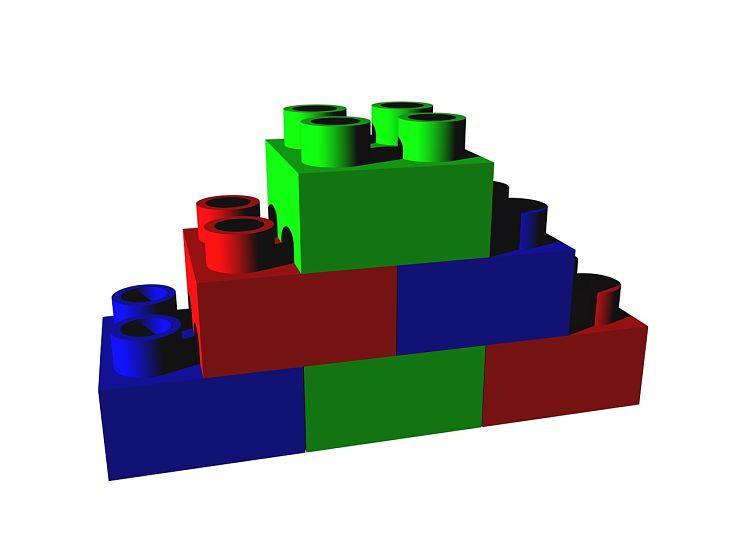Just because it’s plastic, doesn’t mean it’s a credit card.
Yet when I ask my clients about their credit card accounts, too many of them proffer their debit card.
And the confusion about plastic cards that aren’t credit cards isn’t confined to those in debt. My young adult son struggles with the distinction, too.
So, let’s trot out the vital distinctions.
A credit card let’s you borrow money on the fly according to the terms of your agreement with the card issuer.
A debit card let’s you access your money in your bank account by swiping the card.
Look-alike cards work differently
Same shape, same feel, same layout. The confusion is understandable.
The CFPB explains prepaid cards v. credit cards
Label each with a credit card company’s name, and the masquerade is complete.
The basic distinction is that a credit card gets you a small loan on demand. You can borrow money to buy stuff, or get cash, up to your credit limit.
It’s generally a very expensive loan, and the repayment terms are so relaxed that you almost don’t notice that the minimum payments will be with you nearly forever.
The debit card simply allows you to spend your own money more quickly than writing a check. It gives the merchant comfort that you really have the money to spend. The credit card logo just means that you can spend your money via plastic where the merchant accepts that brand of credit card.
Opting to pay more for your card
Your use of a debit card to spend your own money is subject to an agreement with your bank or credit union where the money is on deposit.
One provision of that agreement covers what happens if you swipe the card for a purchase in excess of your bank balance. Logically, if a debit card just gets you convenient access to your money, and you don’t have enough money, the transaction should be declined.
But you can agree (opt in) to having the bank cover the shortage, for a fee. Yes, Virginia, there’s always a fee in these deals.
More about opt-in
Pre paid cards bypass the bank
Finally, the prepaid card is an electronic wallet. The prepaid card carries around however much is loaded on to it.
Its appeal is that no banking relationship is required.
Its dark side is that each swipe of the card deducts not only the cost of your purchase, but also a fee for its use.
There are fees for activation, monthly maintenance, reloading, and ATM use. ConsumerReports
So, there you have an introduction to plastic in the world of finance.
More
Fundamentals of Compound Interest
Take The Long View With Your Money






